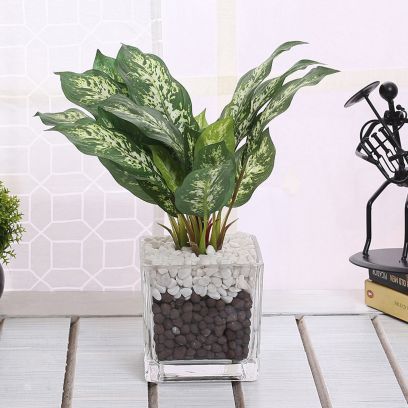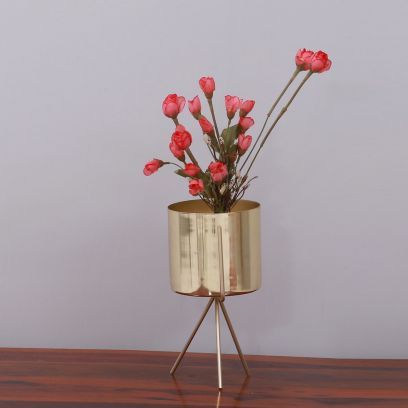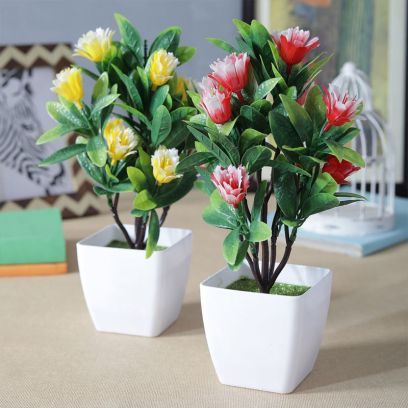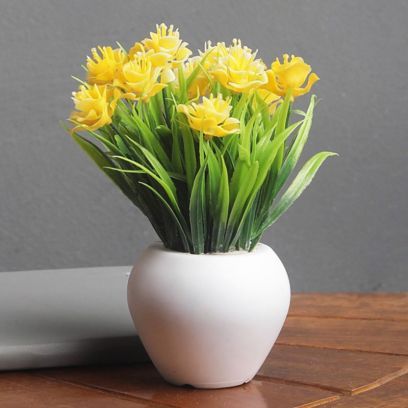Indoor Planters: Enhance Your Ambience and Health in Style
Since the early Greeks and Romans began bringing their plants inside, houseplants have been in and out of fashion. The Victorians had a thing for potted palms, and the 1970s wouldn't have been the sam
Aditya Pandey

Since the early Greeks and Romans began bringing their plants inside, houseplants have been in and out of fashion. The Victorians had a thing for potted palms, and the 1970s wouldn't have been the same without ferns and spider plants were strewn around. Although current fashion suggests a lighter touch with the greenery sculptural stems and succulents reign supreme. The fact is that indoor planters should be timeless. Because of the advantages they provide, we should consider them a need rather than an indoor decorative planter, because good health should never go out of style. If you still need to be convinced, consider the following examples of how bringing indoor plant pots, benefits us and their various health benefits.
Fresh Air

indoor planters
Exhaling releases carbon dioxide and inhaling provide oxygen into the body. Plants, in a sense, do the reverse during photosynthesis. Plants and people are fantastic collaborators when it comes to gases since they absorb carbon dioxide and produce oxygen. Plants in indoor pots aid in the growth of oxygen levels in the body, which our bodies enjoy. But there's one thing to keep in mind: When photosynthesis ceases at night, most plants switch gears, absorbing oxygen while releasing carbon dioxide. Plants like orchids, succulents, and epiphytic bromeliads, on the other hand, flip the script and take in carbon dioxide while releasing oxygen. Use these plants in for bedrooms at night to keep the oxygen flowing.
Healing is Boosted

decorative indoor flower pots
Plants are so effective in helping surgery patients recover that one study recommends them as a "non-invasive, inexpensive, and effective complementary medicine for surgical patients." Bringing flowers or a plant to a hospital patient may be cliche, but they are so effective in helping surgery patients recover that one study recommends them as a "non-invasive, inexpensive, and effective complementary medicine for surgical patients." When compared to patients who did not have indoor flower planters in their rooms, the study revealed that viewing plants and decorative indoor flower pots during recovery from surgery resulted in a substantial improvement in physiologic responses, as demonstrated by lower systolic blood pressure and reduced perceptions of pain, anxiety, and exhaustion. Horticulture treatment, in which patients are entrusted with caring for indoor plant pots, is another way for reducing recovery time. Patients who engage physically with indoor planter have a much shorter healing period following medical operations.

